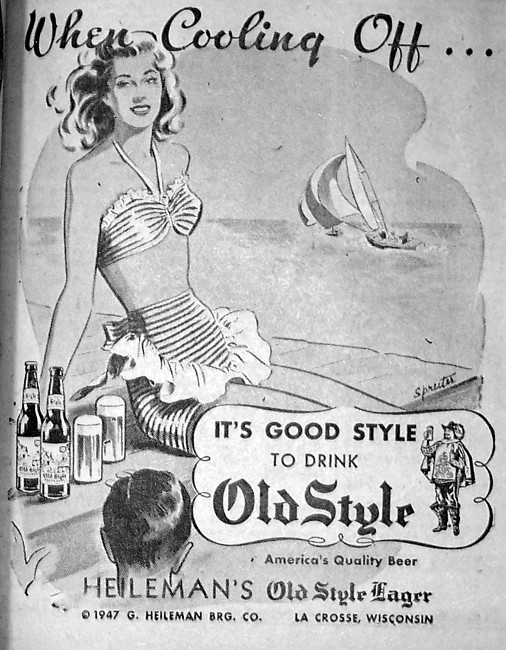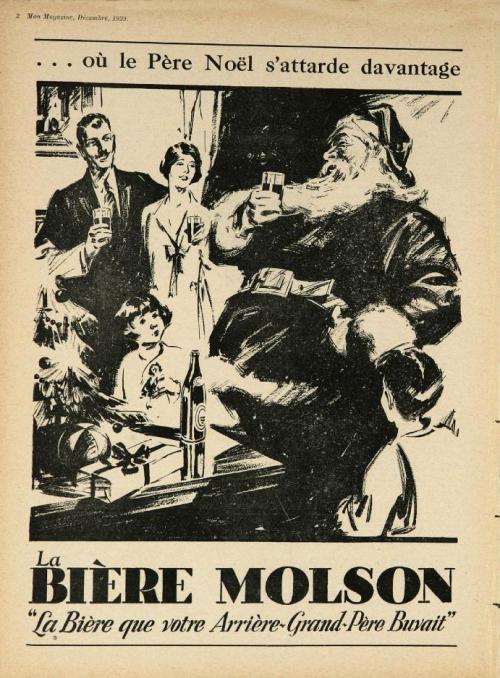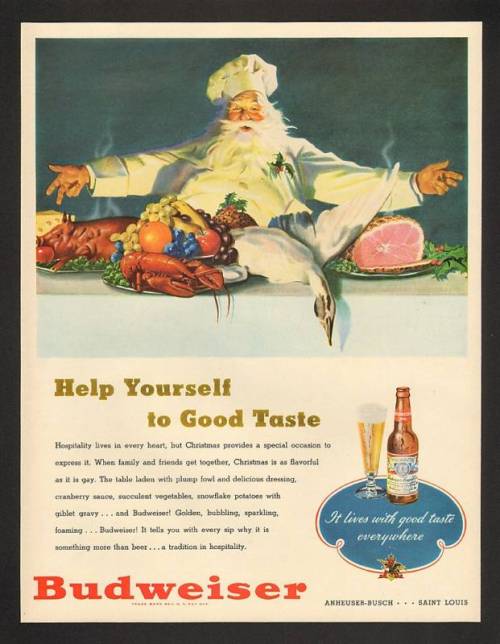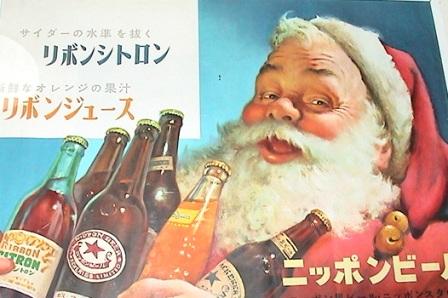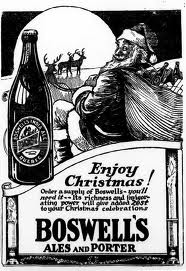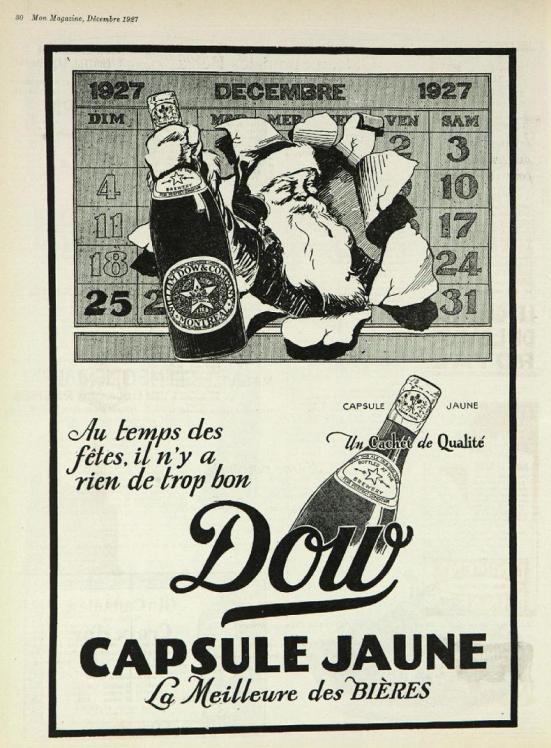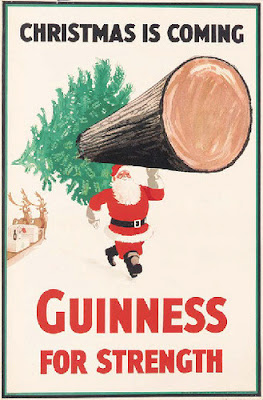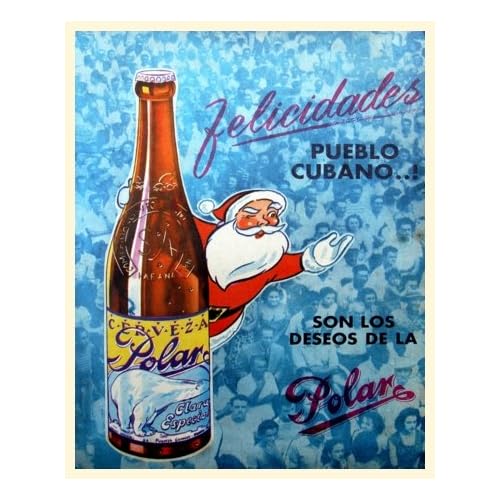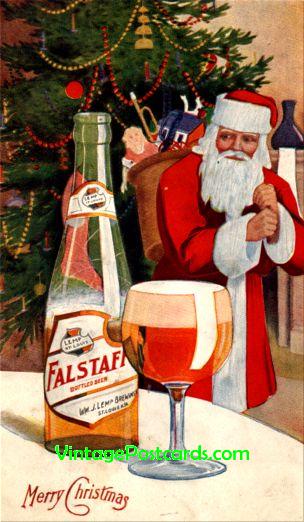This nation isn’t big enough for the three of us.
That was the gist of the resolution passed by the Board of Directors of Anheuser-Busch at its September 27, 1938, meeting.
There were, then, three sources of “Budweiser” beer in the United States: Anheuser-Busch; brewers in the Czechoslovakian city of Budejovice, known prior to the end of World War I as “Budweis” (or “Budveis”

; and a small brewery in DuBois, Pa.
Litigation efforts to end the production of DuBois Budweiser, which ultimately succeeded, were described here last week.
Anheuser-Busch had, until that 1938 board meeting, largely acquiesced in the importation of beer from Budweis labeled “Budweiser.” How could it not, given that “Budweiser,” in German, means “from Budweis”? (The city had been a German/Czech region where beer had been brewed since 1265, and from whence a beer labelled “Budweiser” was first marketed in 1795.)
In fact, in 1911, Anheuser-Busch expressly conceded the right of the two major Budweis breweries, Burgerliches Brauhaus and Cesky Akciovy Pivovar, to use “Budweiser” in the U.S. as a geographical description. Too, it committed itself not to sell its Budweiser in Europe. In exchange, the breweries dropped opposition to a 1907 U.S. trademark registration for “Budweiser,” conceding priority of use of that name in the U.S. by Anheuser-Busch’s predecessor.
Following the repeal of Prohibition in 1933, Anheuser-Busch resumed production of Budweiser, and imports from Budweis again reached our docks. There was limited marketing here of beer from Budweis which the U.S. producer contended was so labelled as to breach the 1911 accords. More that that, perhaps, was that Anheuser-Busch, rebounding after a meager existence during Prohibition, wanted to surge ahead with exclusive use of the name it had built up in the United States.
Two of its representatives went to Budejovice. Agreements were reached in January and March of 1939. Under them, the breweries in the city formerly known as “Budweis” could not use the name “Budweiser” on beer sold in the United States or its territories. For that concession, Anheuser-Busch paid $127,000.
That resolved the matter. ...But only for a time.
After World War II, the Communists took possession of Czechoslovakia. They permitted the export of only three beers: Pilsner Urquell, Gambrinus, and Budweiser Budvar—the latter being neither the oldest nor most popular of the beers from Budweis. Brewing of it had begun in 1895, a fact to be harped on in recent years by Anheuser-Busch whose precessor began manufacturing Budweiser in 1876.
Litigation flared after Anheuser-Busch began its expansion to western Europe in the late 1970s. The litigation has been ongoing—with more than 40 court disputes currently in progress at various points of the globe.
Budejovicky Budvar, the brewery in the Czech Republic whose beer is known in Europe as “Budweiser,” declined Anheuser-Busch’s offers to buy it out. And it snubbed proposals to divide the territory on planet Earth. The St. Louis Post-Dispatch reported in 1989 that the previous year, Anheuser-Busch offered a plan under which the Czech company have exclusive rights to market its Budweiser in eastern Europe, that the two concerns have contemporaneous rights in western Europe, and that Anheuser-Busch have the rest of the world.
National pride largely accounts for the resistence. Despite the fall of the Soviet Union in 1989, Budweiser Budvar remains state-owned.
In 1984, an appellate court in Great Britain ruled that both Budweiser beers could be marketed in the realm, holding that there was “no doubt here that there has been honest concurrent use.” Each combatant has won in nations, lost in others. This year, the Commercial Court of Brussels in January upheld Budvar’s trademarks in Belgium, the Netherlands and Luxembourg; in April, the Cambodian Supreme Court ruled in favor of Budvar; last month, a Metropolitan Court in Hungary sided with Anheuser-Busch, holding that “Bud” is not, as urged by Budvar, a geographical term connoting Budweis.
Last year, the Associated Press reported: “Budvar sells its lager to 30 countries, while Anheuser-Busch says Budweiser is sold in more than 80 others.”
Budejovicky Budvar has been sold in the United States since 2001 as “Czechvar.”
As to the respective merits of the two beers, the author of an article in the London Observer in 1998 offered this comparison:
“The U.S. beer one has a crisp, clean taste, no strong malt or hop character and is designed to be drunk cold. The Czech beer is fuller-bodied, more bitter. Its fans would find the American rival tasteless; drinkers of the U.S. brew would find the Czech one strange.
“Each is so different from the other that there is virtually no chance of confusion—whatever the trademark lawyers might say.”
































